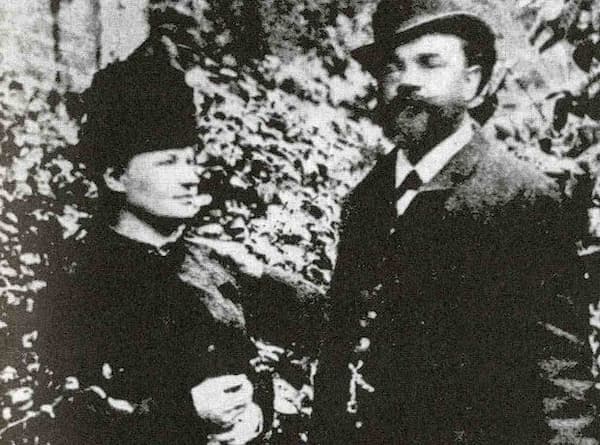With technological advancements, our music players can now generate a list of music tailored to our preferences, matching our usual choices at different times of the day. It is both bizarre and fascinating to discover what our music player thinks
Blogs
Cristian Măcelaru conducts Saint-Saëns, Fauré and Scriabin Available until 25/11/2025 Soundscape by ARTE Renowned for their high-quality cinematography and intimate perspective on performances, ARTE broadcasts are not simply recording music; they showcase the interaction between the conductor, the orchestra, and
The piano music of Franz Schubert remains deeply beloved for its emotional depth, melodic beauty, and innovative use of harmony. Schubert blended lyricism with harmonic exploration, and his gorgeous and highly expressive melodies are enriched by a harmonic language overflowing
A Mysterious Envelope Arrives. On 14 November 1849, Ludwika Jędrzejewicz opened an envelope. Ludwika Jędrzejewicz was having a bad month. Her marriage was in shambles because she had left Poland to be at her brother Frédéric Chopin’s deathbed. She had
“It’s not the mountain we conquer but ourselves” This quote by the renowned mountaineer Sir Edmund Hillary speaks to the internal journey one embarks on when pursuing a challenging goal. Arthur Benjamin: Conquest of Everest Suite – III. The Great
Every now and then, the people who enjoy, love, or seek out music undergo a very special kind of occurrence. It could happen at an exciting concert or festival or merely in the fabric of day-to-day life: listening to algorithm-recommended
When Antonín Dvořák was a young man, he gave piano lessons to make ends meet. One of his students was a young woman named Josefína Čermáková. She was very beautiful and talented and would become one of the best-known theatre
Turkish pianist Fazıl Say, born on 14 January 1970 in Ankara, has compiled a discography notable not only for its impressive range of classical repertoire but also for his own compositions. His ability to blend traditional Turkish sounds with classical








